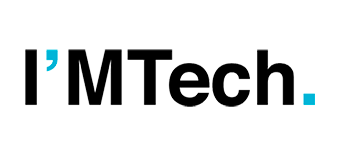Eclore and ThermiUp, new beneficiaries of the IMT “Industry & Energy 4.0” honor loans
After the IMT Digital Fund, Institut Mines-Télécom (IMT) and the Fondation Mines-Télécom launched a second fund last October, dedicated to the sciences of energy, materials and processes: “Industry & Energy 4.0”. Its committee, made up of experts from the major partners of the Fondation Mines-Télécom (Orange, BNP Paribas, Accenture, Airbus, Dassault Systèmes and Sopra Steria) met on […]

